Tannery
Historically, tanning was considered an ‘odoriferous’ trade. Ancient methods of tanning, which involved using urine and animal faeces, combined with the smell of decaying flesh, was what made the trade so foul smelling. Hence most tanneries were situated in the outskirts of towns.
The skins of dead animals have been used by man since the Stone Age. Presumably as a tarpaulin or protective clothing or for the manufacture of belts or bags. Over the millennia, families, groups and individuals specialising in the processing of hides and skins have developed and evolved into today’s leather industry.
In olden times, a tannery existed in almost every place in the world. Countless buildings, streets where such activities were carried out are today named after them and serve as a reminder of the past. Many surnames of people may also have their origins in their occupation. Small tanneries are a minority in Europe these days. Most are large-scale industrialised tanneries, to satisfy the global and increasing demand for leather goods.
Traditional tanners in London.
In the earlier times, animal skins were dried and possibly smoked. But this type of preservation wasn't really tanning. Today, the long-term preservation and irreversible process of converting animal skin, with or without hair with the use of tannins is called Tanning. Not all tanneries are equipped to carry out all the steps of this process. Many tanneries only perform the initial part of the work and hand the rest over to a more specialised company. Tanneries that carry out all work steps are referred to as "complete tanneries". Complete tanneries process leather from the rawhide to the finished leather for further processing into leather objects.
In the tannery, the leather is coloured, ironed, sanded and waxed and oiled, depending on the application and customer requirements.
Tanneries usually carry out their processes between slaughterhouses and the leather processing plants or leather merchants. In most cases, the tannery buys the rawhides from rawhide dealers. The prices of raw materials fluctuate, but the processing industries and leather traders want long-term stable prices. Therefore, the art of the management of a tannery is not only in the production of marketable leather, but also in making important commercial decisions. These include sourcing high-quality raw materials and establishing long-term customer loyalty to the leather merchants and leather processing plants by offering a good quality product and maintaining stable prices. Increasingly, modern tanneries are also required to be transparent about their various production practices and ensuring they follow good environmental procedures in manufacturing.
Additional information
- Rawhide
- Tanning leather
- Leather production
- Tanner
- Leather industry
- Leather quality
- Tannins
- Leather dealer
Videos about the leather production
The leather production in a modern tannery.
The leather production with tannins of the oak.
Chamois leather production in Germany.
The production of beaver skins.
| Tanning methods |
|---|
| Chrome tanning - Vegetable-tanned leather - Synthetic tanning - Tanning with fats and oils |







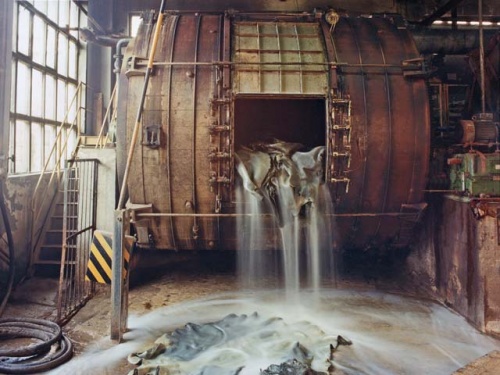
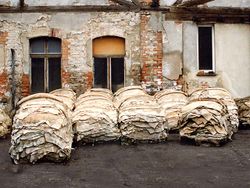
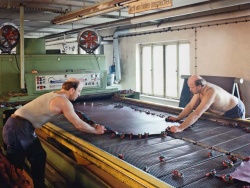
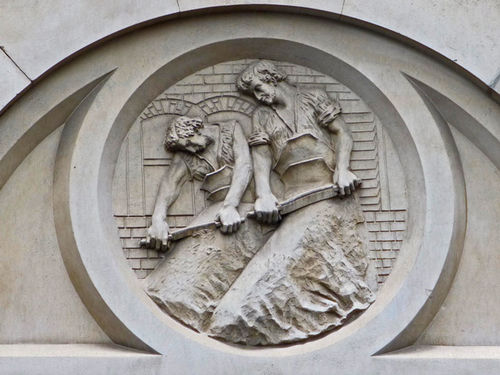

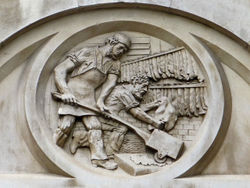

 a kotori web solution
a kotori web solution